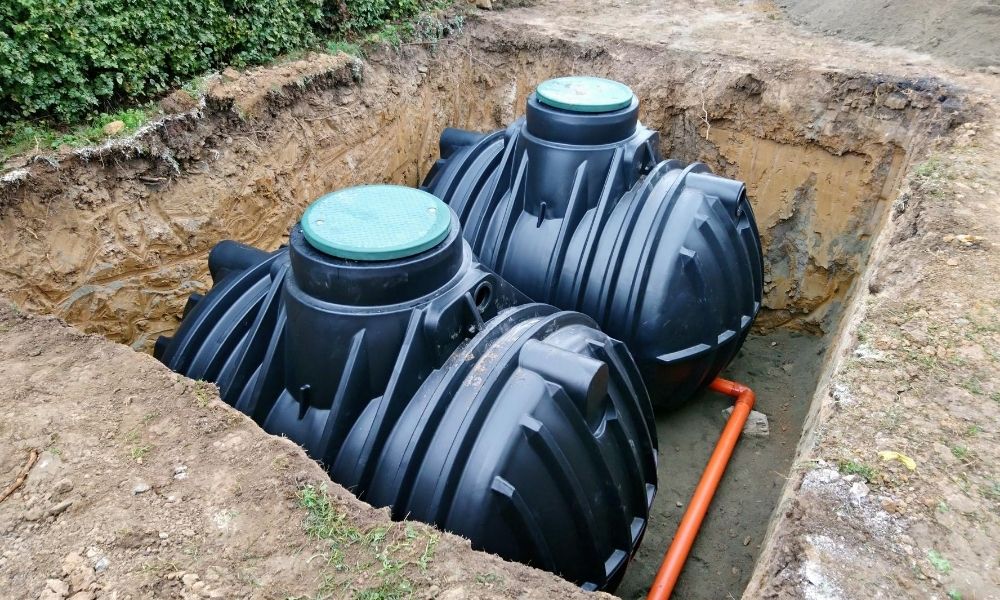
When it’s time to add a water tank to your project, you should familiarize yourself with the process so that the installation goes smoothly, even if you aren’t the one installing it. It is essential to know how to prepare for a water tank installation before the installation day arrives.
Know What Kind of Tank You Want
The very first step to preparing for your installation is to know the difference between the kinds of tanks out there. An in-ground tank will require digging while an above-ground tank will require priming a plot of land for the tank to sit on. Know how much water storage you need in order to figure out if you need a small or large water tank. Make sure to allocate space for whatever size tank you decide to get and ensure that the space is safe for that kind of tank. The tank’s material is the last factor to think of when deciding on a tank. Water tanks can be made of concrete, metal, or polyethylene. There are pros and cons to each kind of tank, so do your research on what is best for your specific situation before deciding.
Prepare the Installation Area
Before anyone can install a tank, the site for the tank needs to be properly prepared. For large above-ground tanks, create a flat patch of solid earth with no plant growth. If plants grow back, it can create instability underneath your tank, posing a danger to its structural integrity. It is best to clear out extra space around the projected circumference of the tank for extra insurance. If the ground is not solid, dirt could loosen because of water runoff or rain, adding more dangers to your water tank. For smaller tanks, you can use a concrete base. Just make sure to maintain the concrete and watch for cracking or drainage issues.
You can have a stand as a base for some large tanks, but you must ensure that it will hold the weight of a full water tank. Generally, keeping your water tank closer to the ground is safest.
In-ground tanks require you to have a hole dug out before installation. Just like prepping the earth for an above-ground tank, leave space around the edges of the hole to make the installation easy.
Insert the Protective Liner
Before you place and fill your water tank, insert your PVC tank liner. Tank liners are important when preparing for a water tank installation because they protect all water tanks from the corrosion and oxidization that naturally occurs with water. Liners also protect your water storage tank from algae blooms. Royal Liner can give you a quote from our selection of liners to find the one that suits your needs best.
